Imagine standing under a dense, emerald canopy in the heart of New Zealand’s ancient forests. The air is thick with the scent of earth and greenery. Here, every leaf, bark, and root tells a story—stories of healing, wisdom, and connection. For centuries, Māori healers have turned to these native plants, not only to mend broken bodies but also to soothe troubled spirits. Their approach intertwines science, tradition, and a deep respect for the land. This is a journey into the world of Māori rongoā, where health is seen as more than just the absence of disease—it’s about harmony with nature and with one’s own soul.
The Roots of Rongoā: Māori Healing Philosophy
At the heart of Māori medicine is rongoā, a holistic system that treats both physical ailments and spiritual imbalances. Rongoā recognizes that the mind, body, and environment are intimately linked; if one suffers, the others do too. Healers, known as tohunga, approach each patient with a unique blend of botanical knowledge and spiritual insight. They often consult the patient’s whakapapa, or genealogy, to understand the deeper sources of illness. This philosophy teaches that health is a balance, not just a cure. Imagine feeling a cold coming on and, instead of rushing for pills, seeking out the gentle touch of kawakawa leaves and the calming words of a wise elder.
Kawakawa: The Heartleaf for Healing
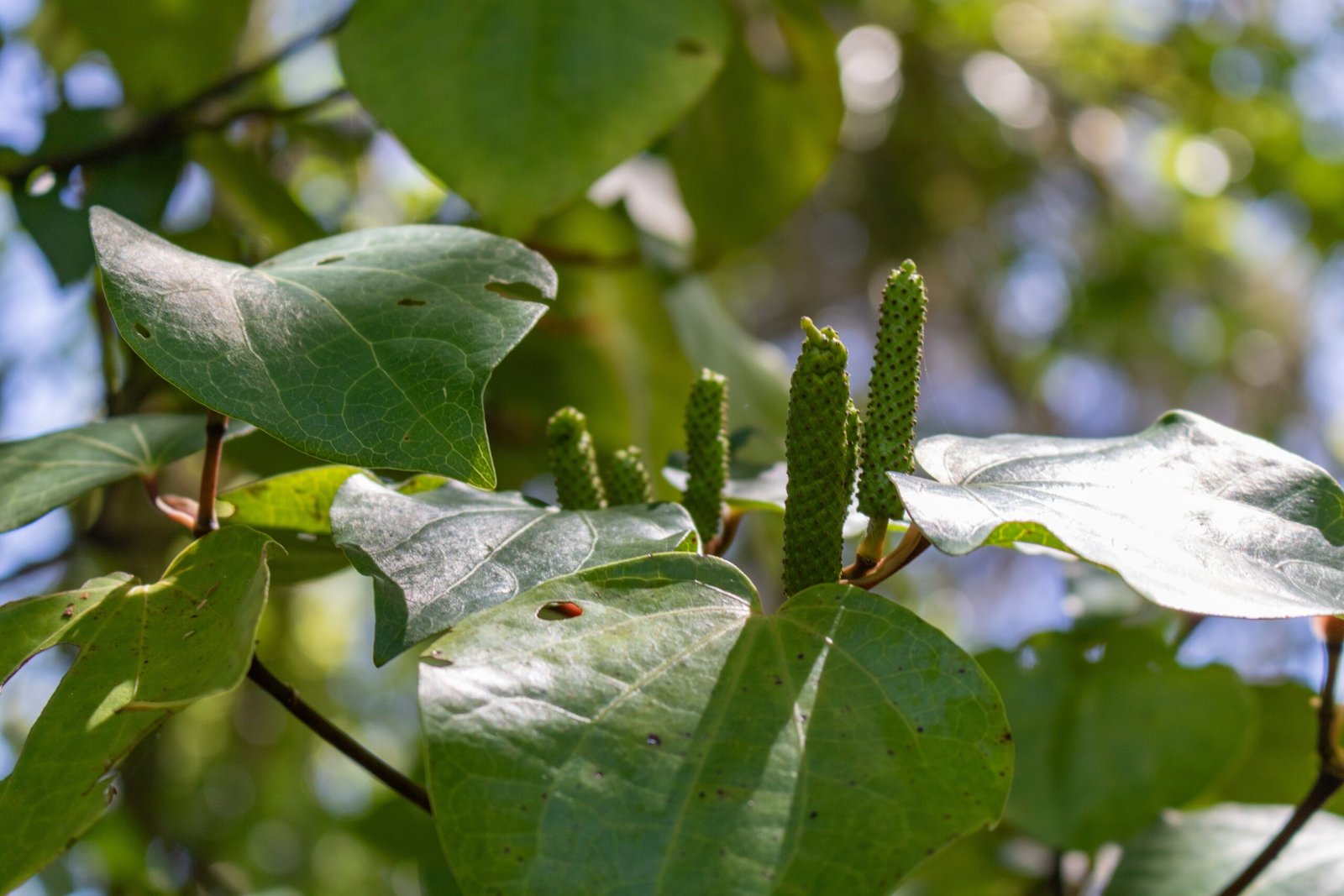
Kawakawa (Piper excelsum) is perhaps the most beloved plant in Māori medicine. Its heart-shaped leaves are used in infusions, poultices, and even chewed raw to relieve toothaches or digestive troubles. Science now supports its anti-inflammatory and antibacterial properties, showing how tradition and modern research walk hand in hand. Māori healers use kawakawa in ceremonies to cleanse the spirit, brushing the leaves over the body to remove negative energies. It’s a plant that comforts both inside and out, a green emblem of Māori resilience and care.
Manuka: The Mighty Healer
Manuka (Leptospermum scoparium) is famous around the world for its honey, but Māori medicine goes far beyond the sweet stuff. Manuka leaves and bark are used to treat wounds, respiratory issues, and skin infections. The oil from its leaves has powerful antimicrobial properties, which science has only recently begun to appreciate. Traditional healers might boil manuka branches to create a steam for clearing sinuses or use its bark in soothing baths. The plant’s resilience in harsh landscapes mirrors its robust medicinal power.
Harakeke: New Zealand Flax for Skin and Spirit
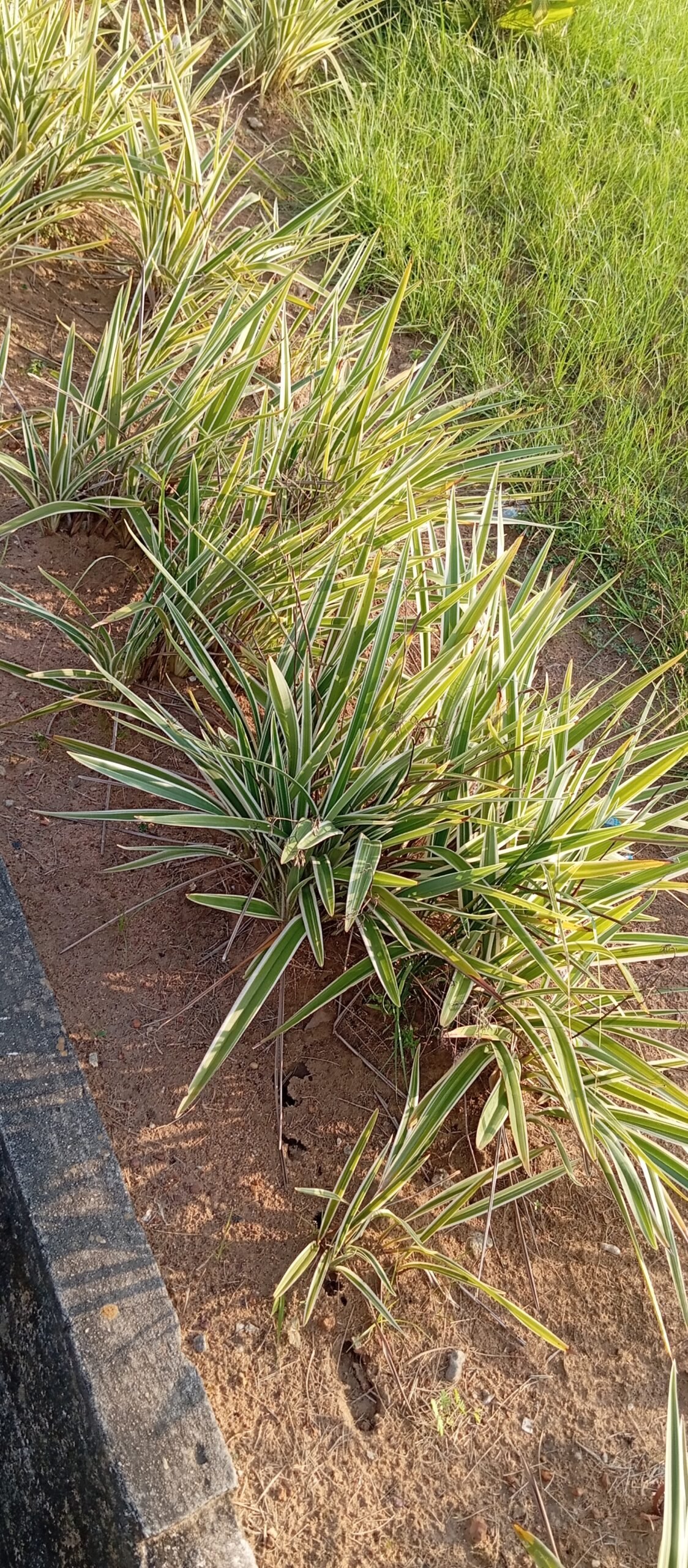
Harakeke (Phormium tenax) is more than just a striking plant. Its sticky gel, found inside the leaves, is a potent remedy for burns, cuts, and skin irritations. Māori weavers also use its fibers to create mats and baskets, showing how healing and daily life are intertwined. The flowering stalks are seen as a symbol of family, with each shoot representing a generation. In healing rituals, harakeke connects the patient to their ancestors, blending practical first aid with spiritual grounding.
Koromiko: The Wild Healer of the Hills
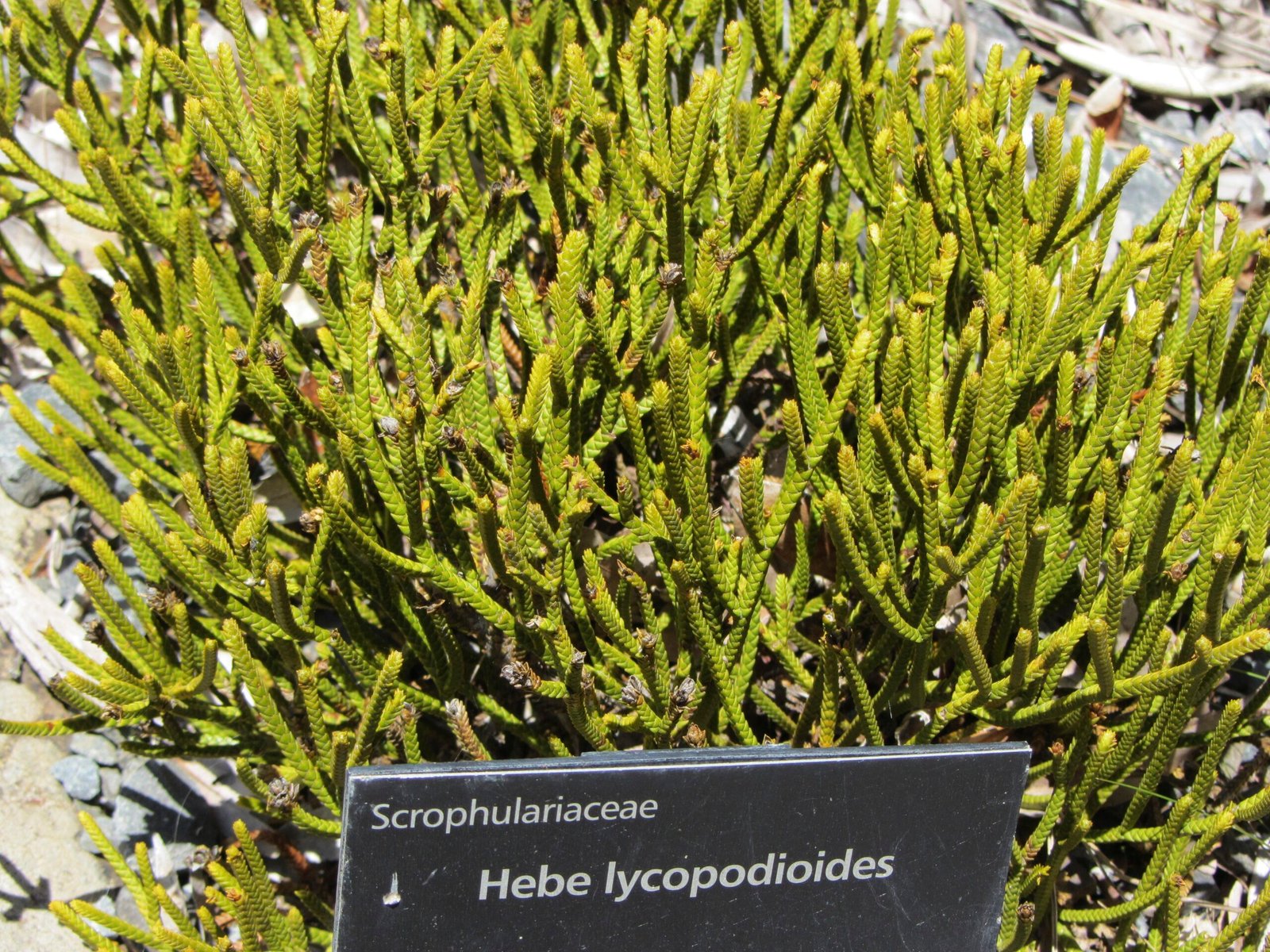
Koromiko (Hebe stricta) grows wild on hillsides and riverbanks, its slender leaves prized for treating digestive upsets and diarrhoea. Māori mothers traditionally brewed koromiko tea for children with upset stomachs. Today, scientists recognize its astringent qualities, which help to tighten and heal tissues. But koromiko’s value isn’t just physical. Drinking its tea is often accompanied by prayers, inviting the spirit of the plant to aid in recovery.
Rātā: The Scarlet Blossom and Blood Purifier
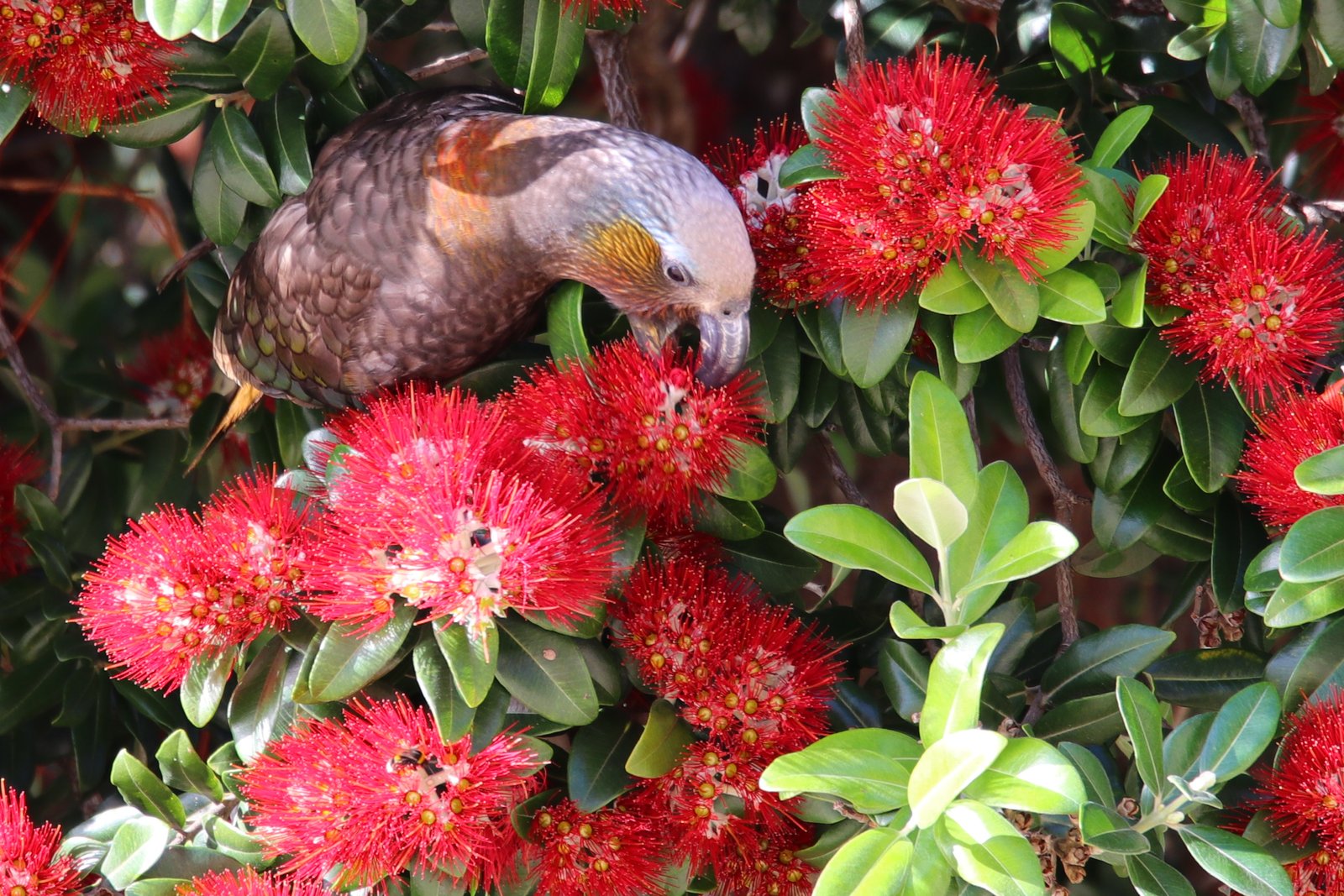
Rātā (Metrosideros species) dazzles with its crimson flowers, but its bark and nectar are the real treasures in rongoā. The bark is used to treat wounds and infections, thanks to its antiseptic properties. Nectar from the flowers is a traditional tonic, believed to purify the blood and restore energy. The rātā tree itself is a symbol of endurance, clinging to cliffs and weathering storms—much like those it helps to heal.
Kumarahou: Nature’s Lung Tonic
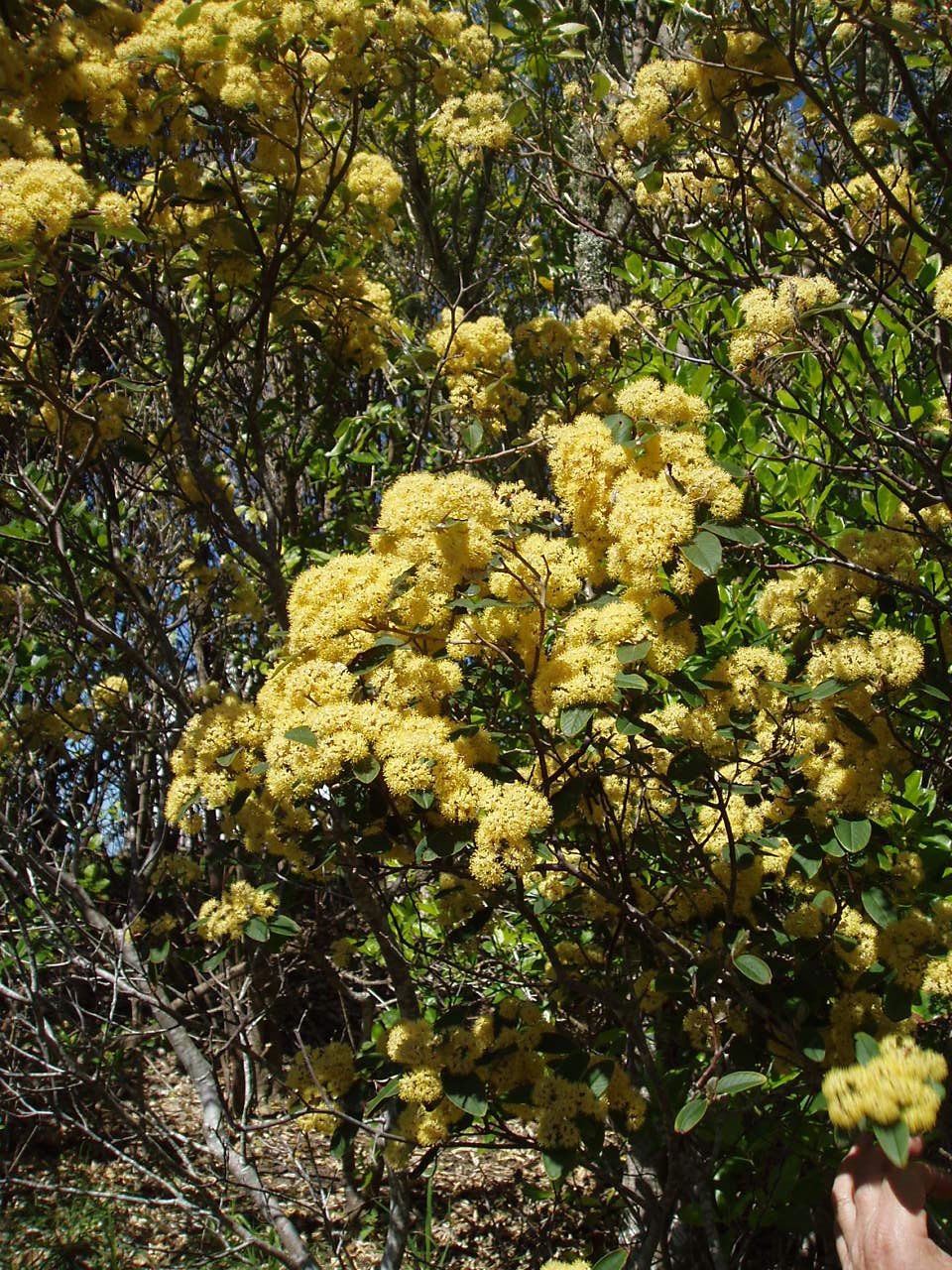
Kumarahou (Pomaderris kumeraho) bursts into yellow blooms each spring, signaling a time for cleansing after winter. Māori healers prepare decoctions of its leaves to support lung health, treat coughs, and clear phlegm. Modern studies confirm its expectorant effects. Drinking kumarahou tea is more than just a remedy; it’s a seasonal ritual, a way to align the body with the rhythms of the natural world.
Horopito: The Peppery Protector
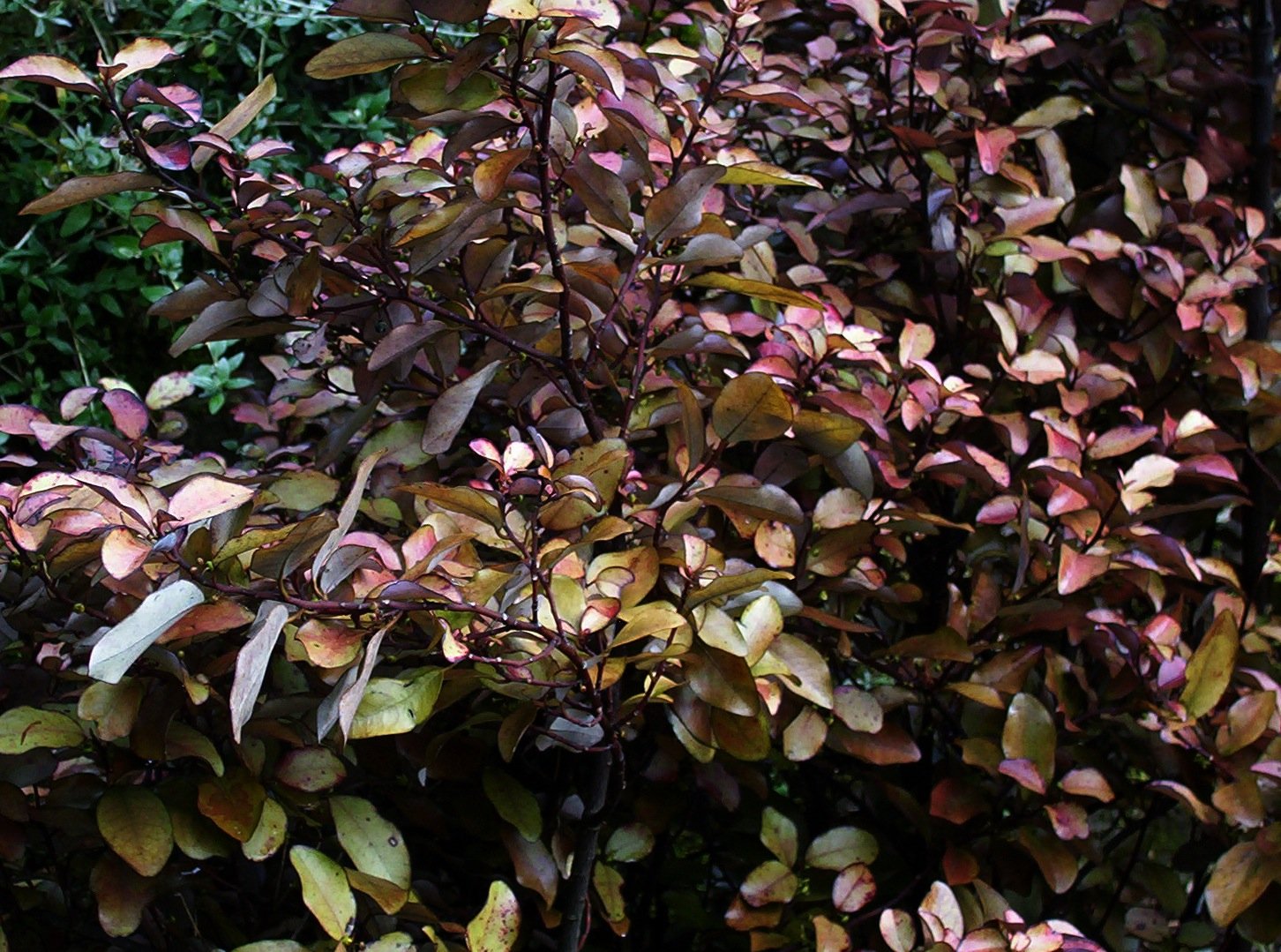
Horopito (Pseudowintera colorata) is sometimes called the “pepper tree” for its spicy, warming taste. Māori traditionally chew the leaves to relieve toothaches or apply them to fungal infections. Scientific research highlights its antifungal and antimicrobial strength, especially against Candida. Horopito’s potent flavor is a wake-up call to the senses—a reminder that healing can be both bold and invigorating.
Tōtara: The Ancient Guardian Tree
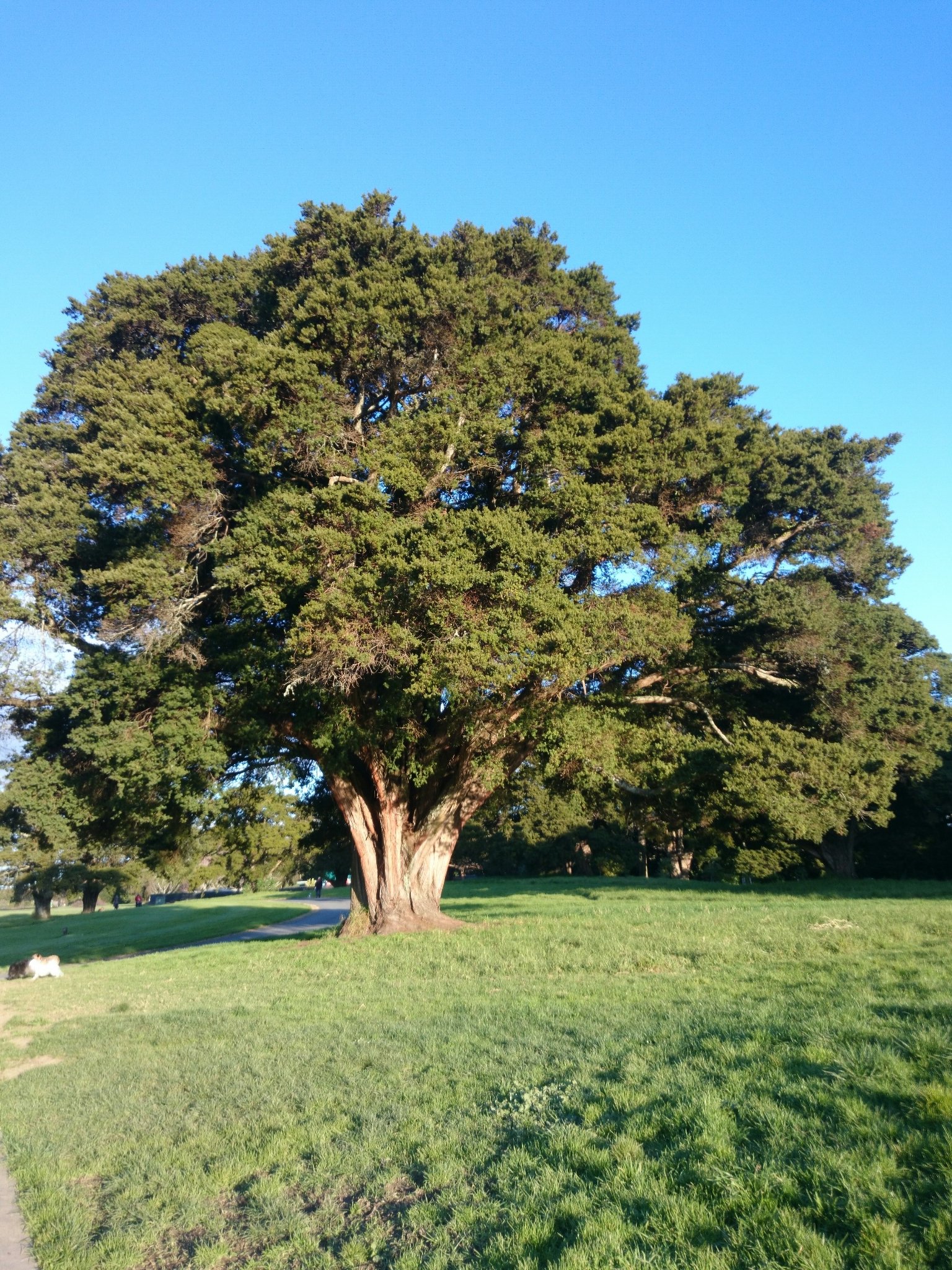
Tōtara (Podocarpus totara) towers in New Zealand’s forests, its reddish bark a source of healing for centuries. Māori use tōtara bark in poultices to draw out infections and as a wash for wounds. The tree’s wood is revered for carving waka (canoes) and sacred objects, connecting the material and spiritual worlds. In rongoā, tōtara’s presence is calming—its age and strength inspiring trust and stability in those seeking healing.
Tarata: The Scented Balm
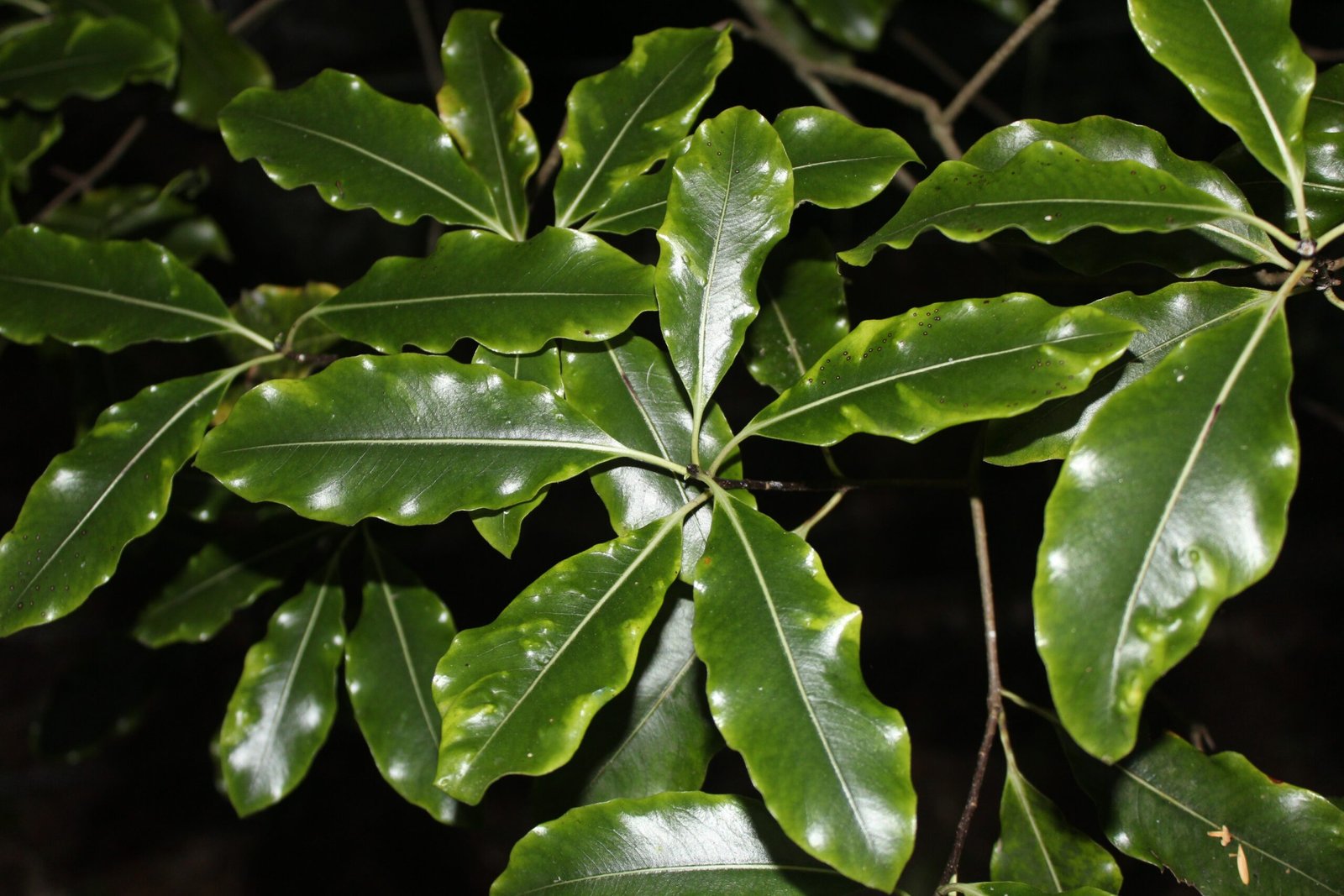
Tarata (Pittosporum eugenioides), with its fragrant lemon-scented leaves, is a gentle remedy for wounds and skin irritations. Māori healers crush the leaves to release their oils, using the sticky resin as a natural antiseptic. Tarata is also burned in cleansing rituals, where its uplifting scent is believed to clear away negativity. The soothing aroma offers comfort, making healing a multi-sensory experience.
Kōwhai: The Golden Flower of Renewal
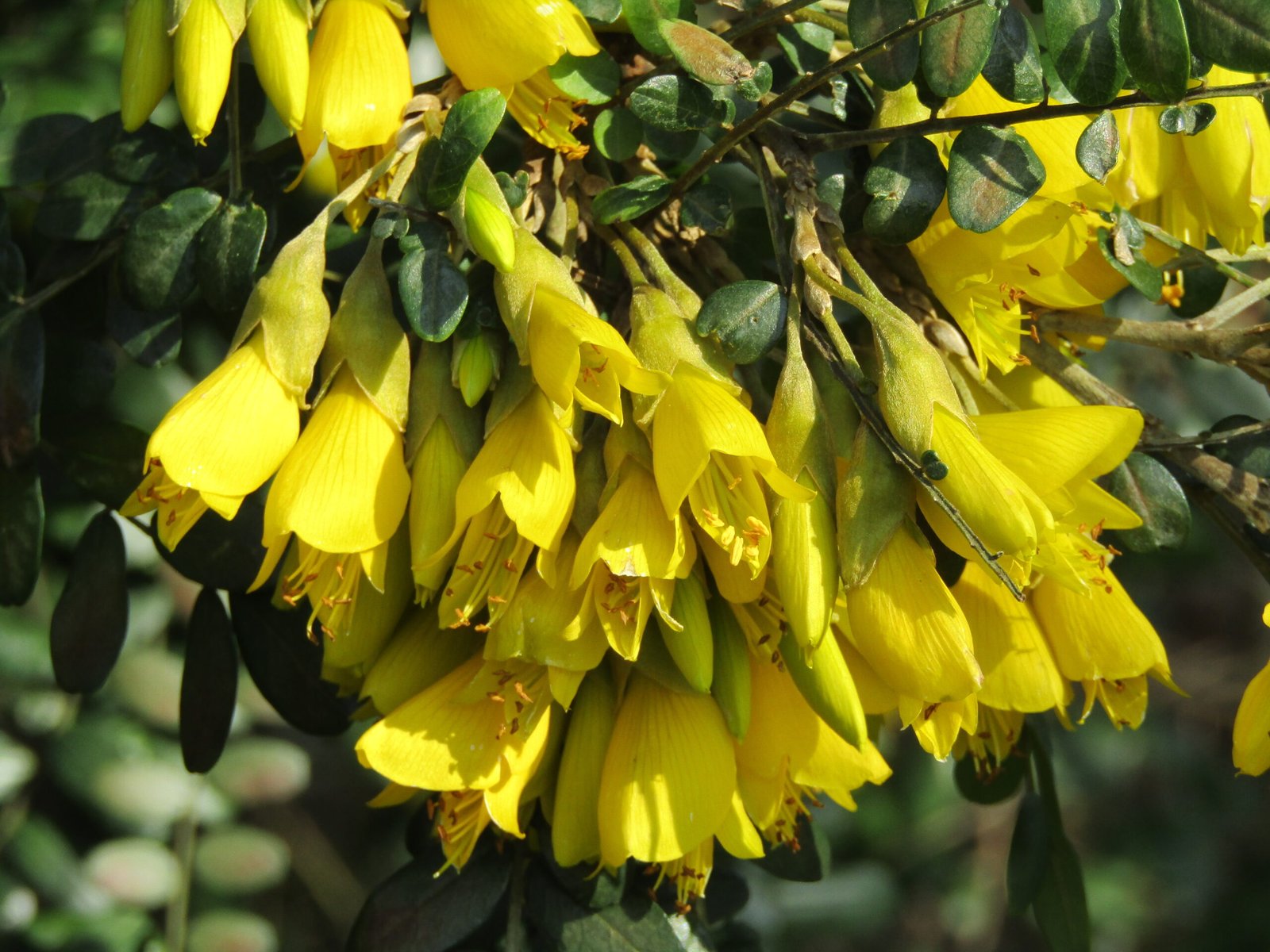
Kōwhai (Sophora microphylla) lights up the New Zealand landscape with its brilliant yellow flowers each spring. Māori use the bark and leaves for poultices to treat wounds, bruises, and even broken bones. The plant’s bright color symbolizes hope and new beginnings, reminding patients that healing is a journey toward renewal. Science now points to kōwhai’s antimicrobial compounds—a modern echo of ancient wisdom.
Pukatea: The Pain Reliever
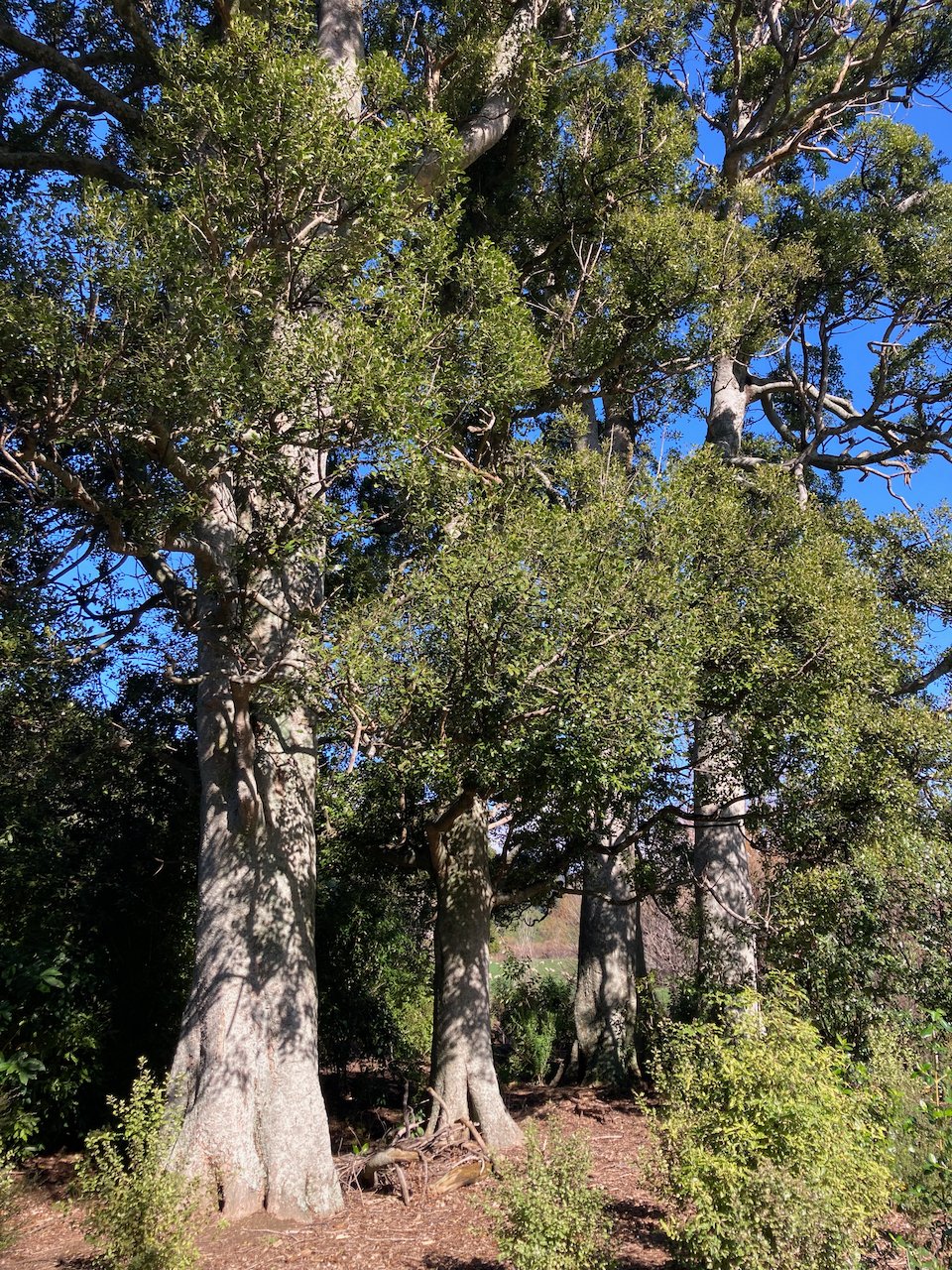
Pukatea (Laurelia novae-zelandiae) stands tall in damp forests, its bark rich in alkaloids that act as natural painkillers. Māori healers scrape and infuse the bark to create treatments for toothache and neuralgia. The process is meticulous, requiring deep knowledge and respect for the plant’s power. Pukatea’s pain-relieving qualities are now recognized by researchers, showing how tradition and science often meet in the forest.
Makomako: The Tree for Fevers
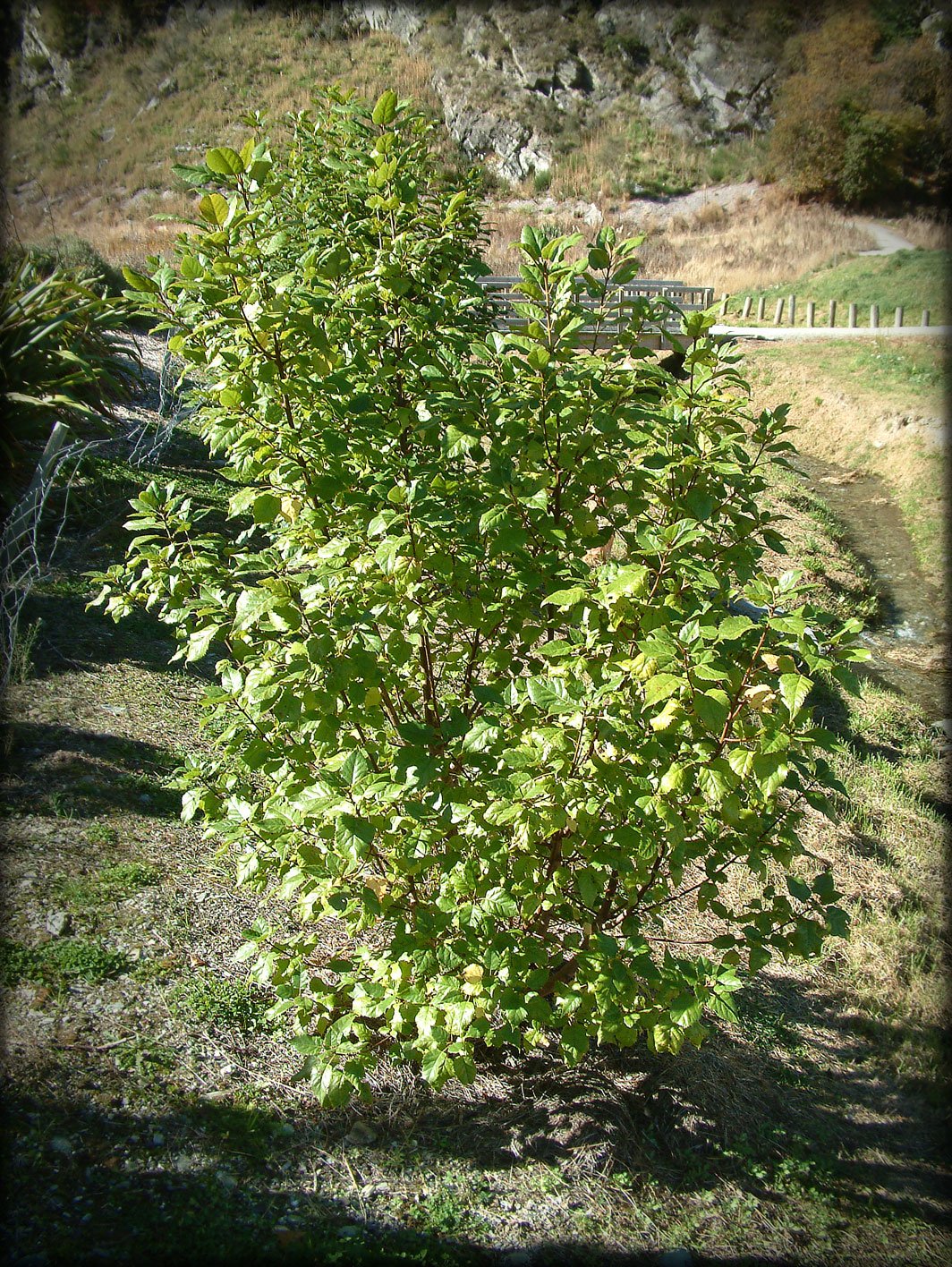
Makomako (Aristotelia serrata), or wineberry, is valued for its cooling, fever-reducing properties. Māori prepare a tea from its leaves to lower fevers and treat headaches. The berries themselves are a nutritious food, packed with vitamin C. Makomako’s dual role as medicine and sustenance highlights the Māori view that health is nourished from both the inside out and the outside in.
Karaka: The Paradoxical Provider
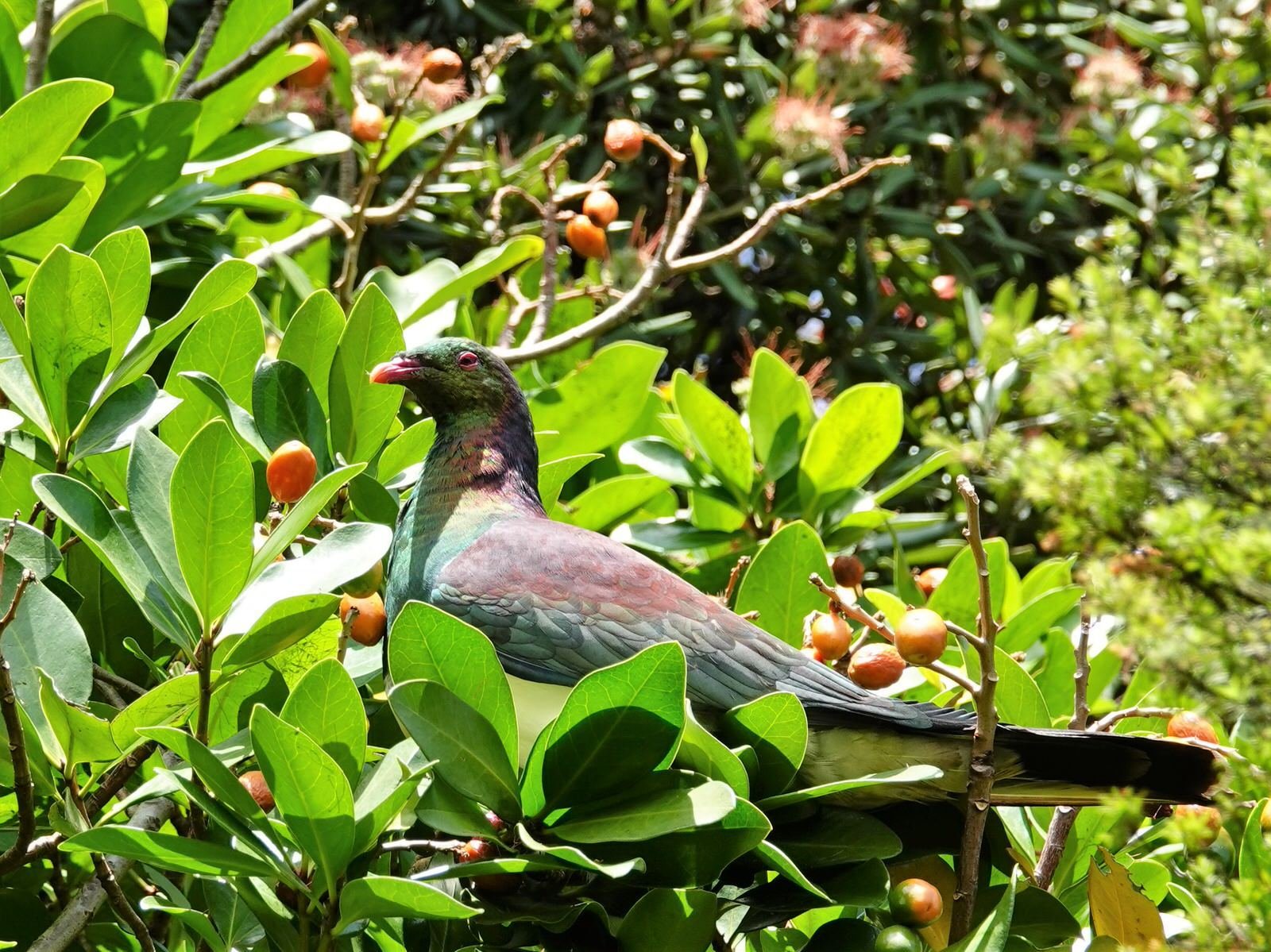
Karaka (Corynocarpus laevigatus) is both dangerous and healing—a paradox that Māori healers deeply respect. Its bright orange berries are toxic unless carefully prepared, but once detoxified, they provide vital food and medicine. The leaves and kernels, when used correctly, help with digestive problems. Karaka teaches caution, patience, and reverence for the knowledge passed down through generations.
Mamaku: The Black Fern for Bones
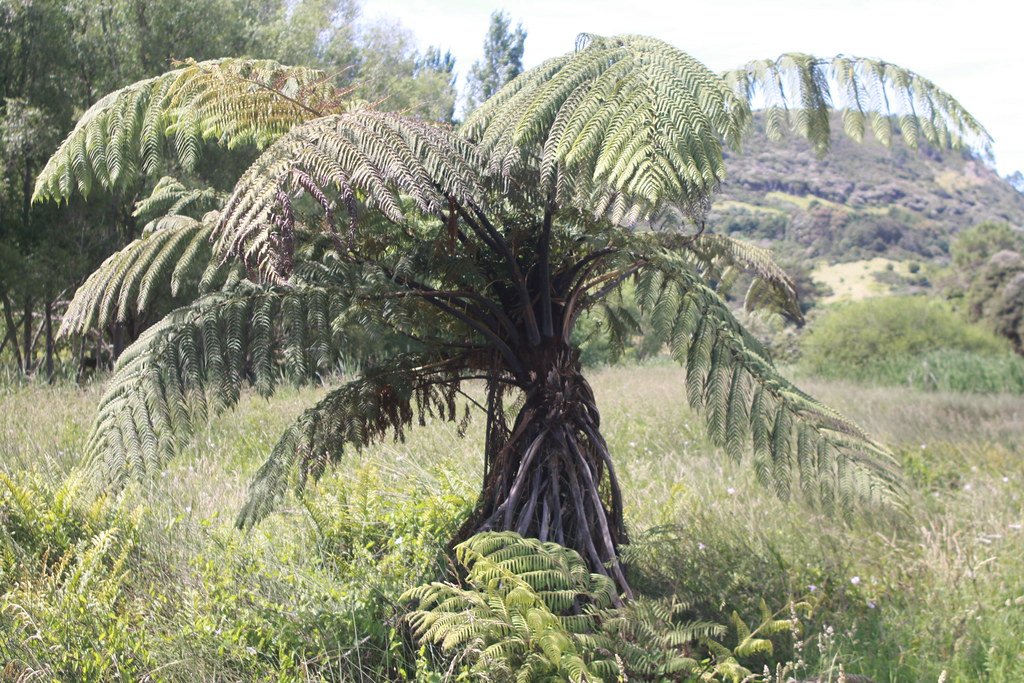
Mamaku (Cyathea medullaris), the towering black tree fern, is a symbol of strength and flexibility. Māori healers use the gelatinous sap from its trunk to treat sprains, fractures, and sore joints. The sap’s soothing, hydrating properties make it a natural first aid for injuries. Mamaku’s presence in the bush is imposing yet gentle, much like its approach to healing.
Whau: The Lightwood for Lifting Spirits
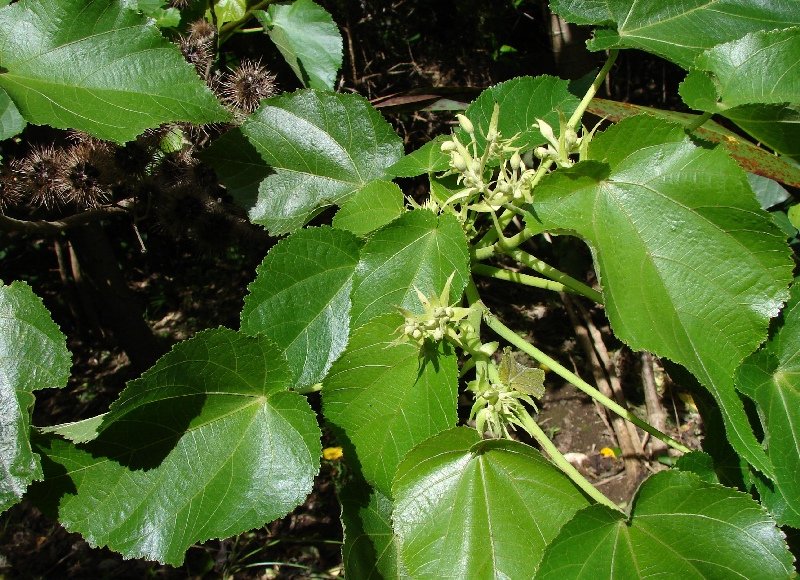
Whau (Entelea arborescens) is known for its lightweight wood, once used for making floats and rafts. But its leaves and bark are also prized for their ability to treat swellings and rheumatism. Māori healers wrap affected limbs with whau leaves to draw out pain and inflammation. The plant’s buoyant wood is a metaphor for lifting the burdens of illness—helping the body and spirit to float above adversity.
Toetoe: Nature’s Antiseptic Brush
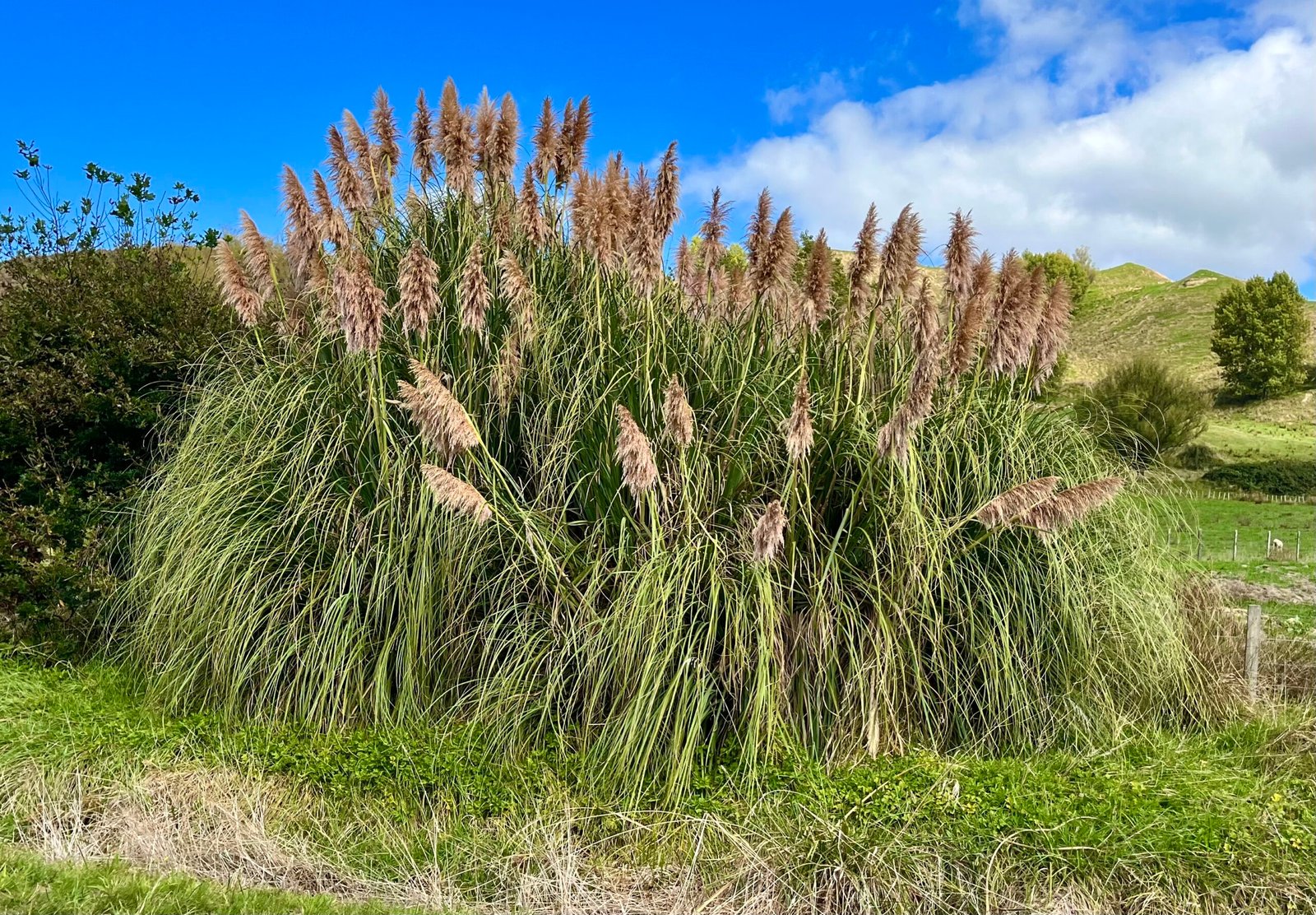
Toetoe (Austroderia species), with its tall feathery plumes, is more than just a scenic grass. Māori use its leaves as natural bandages for wounds, while the roots are brewed for urinary complaints. The antiseptic qualities of toetoe help prevent infection. Its sweeping presence in the landscape is mirrored in its ability to “sweep away” ailments, both literally and symbolically.
Patē: The Bush Doctor’s Secret
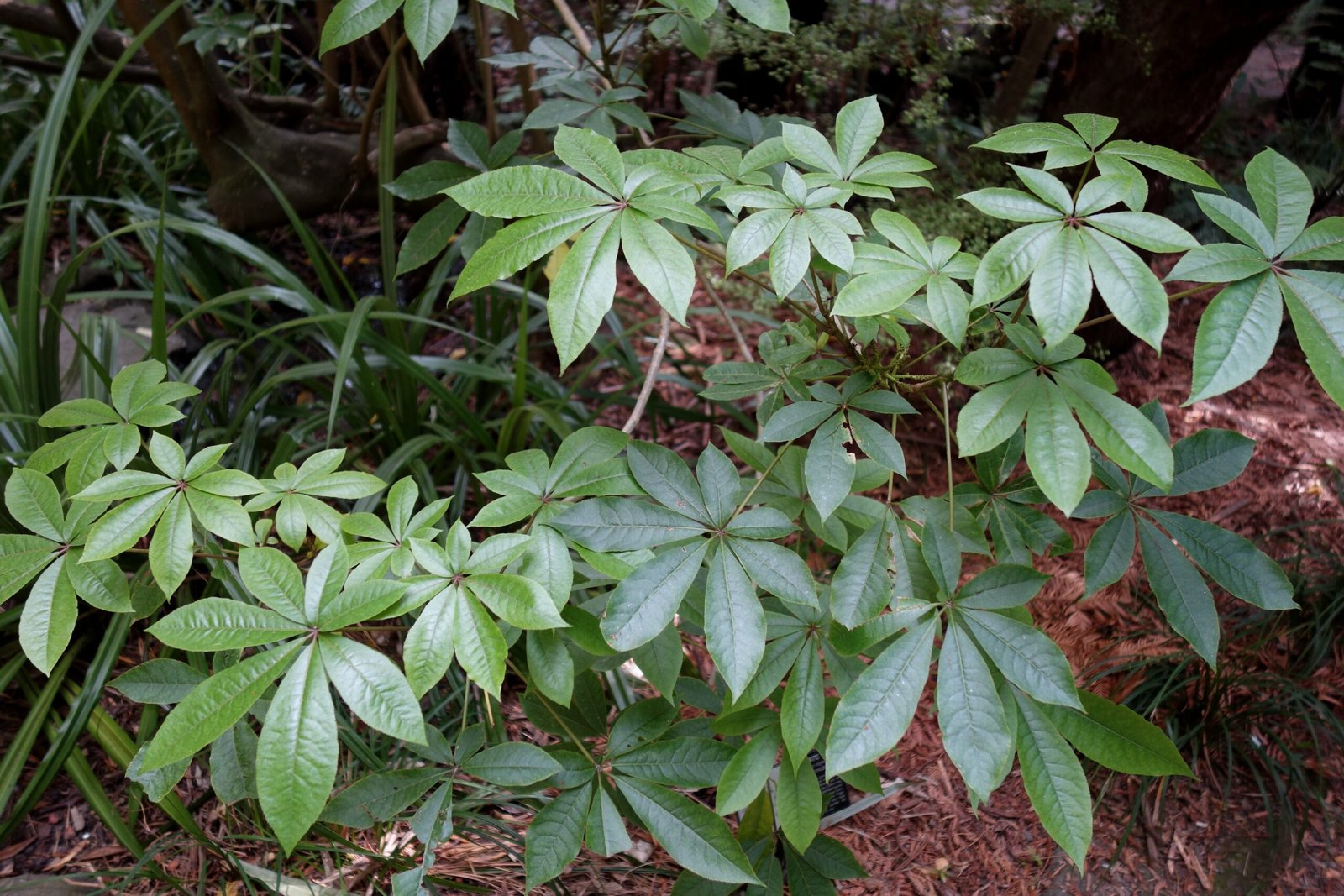
Patē (Schefflera digitata) is a lesser-known but cherished plant in Māori medicine. Its leaves are brewed for their calming effects, helping with nervousness and insomnia. The plant’s cooling properties are used in poultices for skin irritations. Patē’s quiet effectiveness is a reminder that healing often comes from the most unassuming corners of the forest.
Rimu: The Red Pine Revitalizer
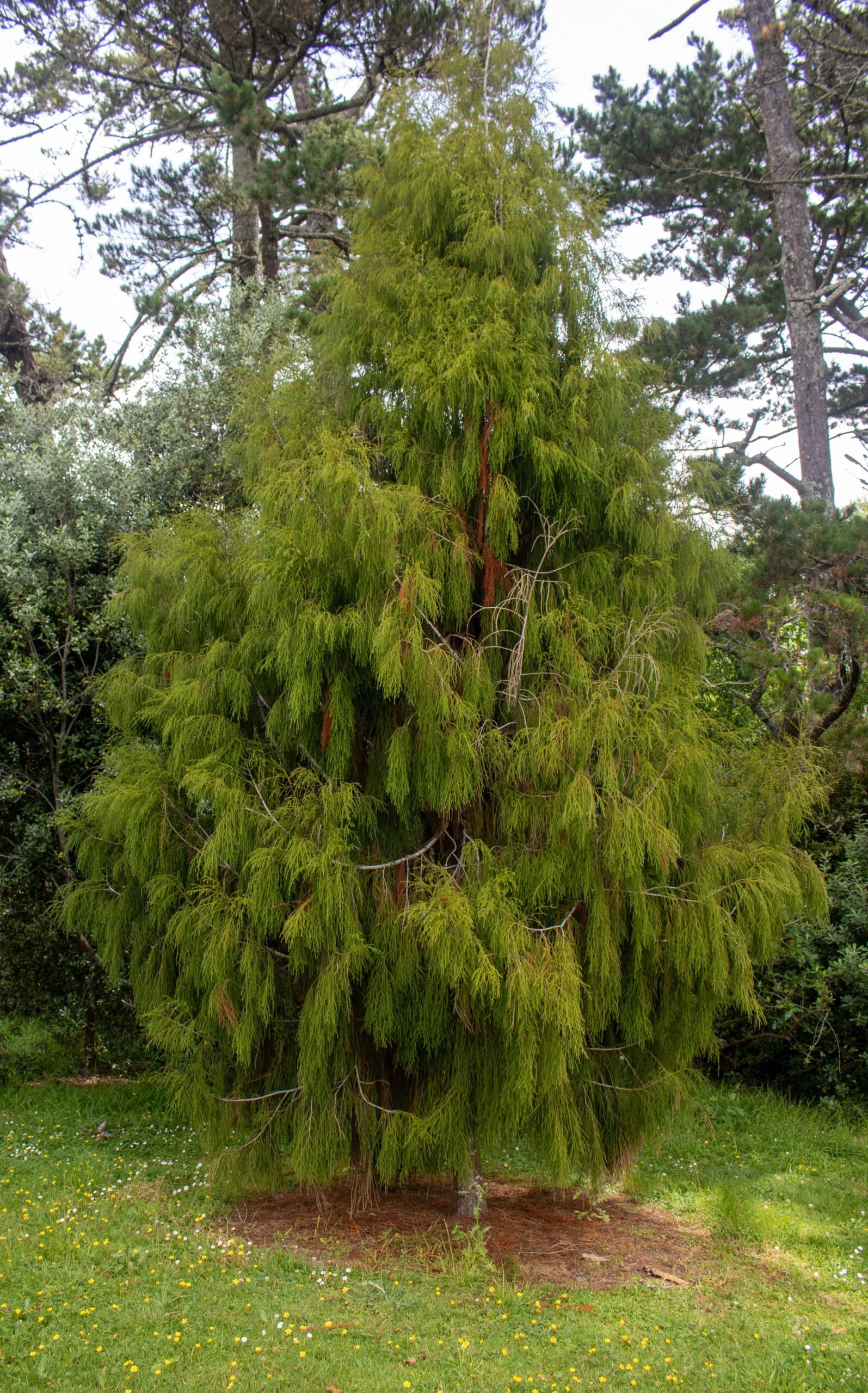
Rimu (Dacrydium cupressinum) is a majestic red pine with bark that’s steeped to make teas for muscular aches and joint pain. Māori healers use rimu for its strengthening and restorative qualities, helping the body recover from long illnesses. The tree’s graceful form and deep roots are seen as a symbol of endurance and renewal, embodying the spirit of healing.
Honoring Tapu: Spiritual Protection in Healing
Māori medicine is inseparable from spirituality. Many plants are considered tapu, or sacred, and must be harvested with prayers and offerings. Tohunga teach that the healer’s intent is as important as the remedy itself. Healing ceremonies often involve karakia (prayers) and waiata (songs) to invoke ancestral guidance. This spiritual framework ensures that medicine is never just about chemistry—it’s about relationship, reverence, and trust.
Modern Science Meets Ancient Wisdom
Today, researchers and Māori healers are working together to study the properties of these native plants. Scientific studies reveal that many traditional remedies have measurable antibacterial, anti-inflammatory, and analgesic effects. Hospitals and wellness centers across New Zealand are beginning to incorporate elements of rongoā into patient care. This collaboration honors both tradition and innovation, opening new paths for healing body and spirit in a world that often forgets its roots.
Healing, in the Māori tradition, is not just a matter of medicine—it’s a living conversation between people, plants, and the land itself. In a world searching for answers, perhaps the forests of Aotearoa have been holding the key all along. How might your own journey toward well-being change if you listened to the wisdom of the land?


